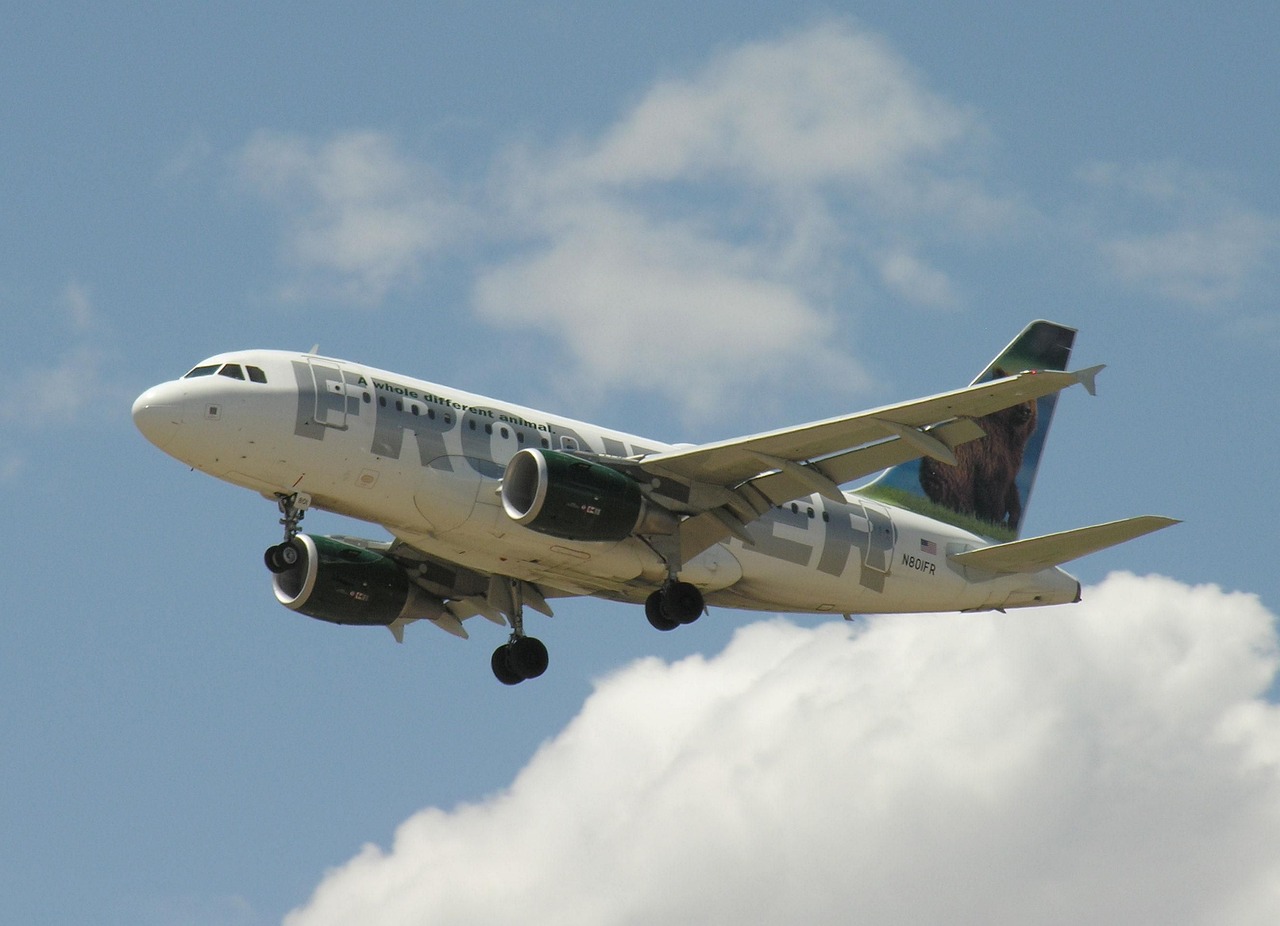
The Denver International Airport (DIA), located in Colorado, is not just one of the largest and busiest airports in the United States; it’s also the epicenter of numerous conspiracy theories and urban legends that have fascinated and spooked travelers and locals alike since its opening in 1995.
The legend of the Denver Airport begins with its unusual design and the myriad of strange symbols and artwork that adorn its terminals. The airport’s sprawling layout, which includes underground tunnels and unusually long construction times and costs, has fueled speculation about its true purpose. Some conspiracy theorists claim that the airport serves as the headquarters for a shadowy global organization or even as a post-apocalyptic bunker.
One of the most striking and controversial pieces of art at DIA is the blue Mustang statue, known colloquially as “Blucifer.” This 32-foot tall, blue horse with glowing red eyes greets visitors as they approach the airport. The statue’s ominous appearance and the fact that its creator, Luis Jiménez, tragically died when a piece of the sculpture fell on him during its construction, have added to the eerie aura surrounding the airport.
Inside the airport, murals by artist Leo Tanguma have also sparked intense debate and speculation. These murals depict scenes of war, peace, environmental destruction, and unity, leading some to interpret them as cryptic messages or predictions of future events orchestrated by secret societies. Theories range from the New World Order to Illuminati control, with the airport serving as a focal point for their plans.
Adding to the mystique are the various symbols and inscriptions found throughout the airport. Unusual markings on the floors and walls, often dismissed by officials as harmless references to local history or art, are viewed by conspiracy enthusiasts as coded messages.
Despite numerous official explanations debunking these theories, the legend of the Denver Airport persists. For many, the airport’s peculiarities are too numerous to ignore, and the stories continue to captivate the imaginations of conspiracy theorists, paranormal enthusiasts, and curious travelers.
Today, the Denver International Airport embraces its enigmatic reputation, even incorporating some of the more playful aspects of the myths into its marketing and tours. Whether one views the legend as a clever marketing strategy, a modern myth, or something more sinister, the DIA remains a fascinating example of how architecture and art can inspire a rich tapestry of folklore and mystery.